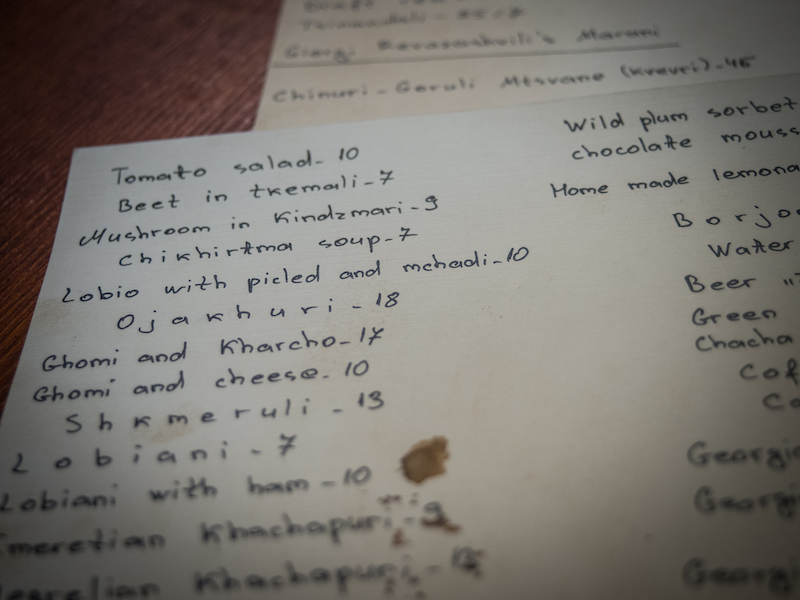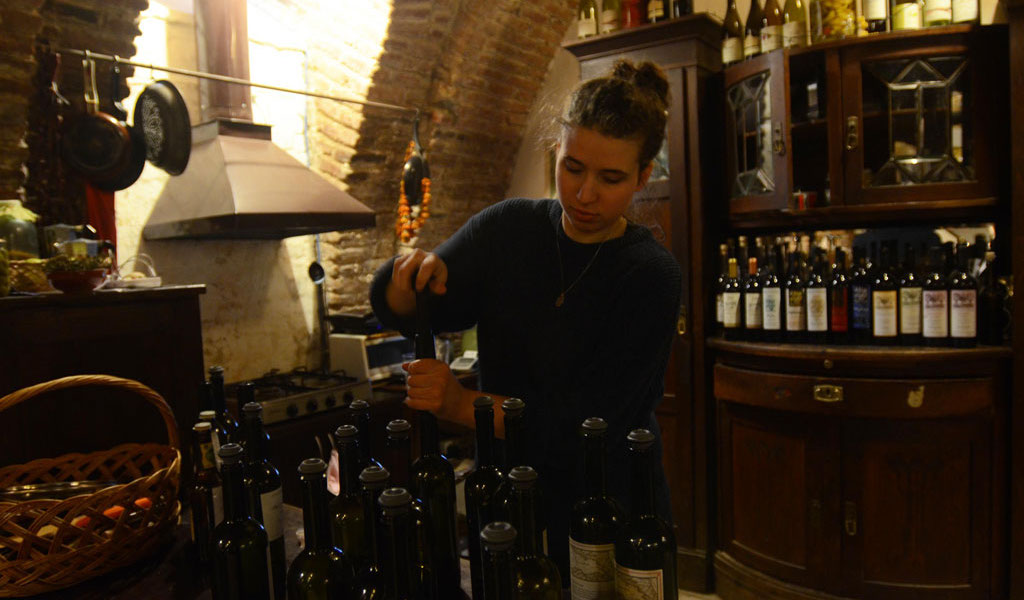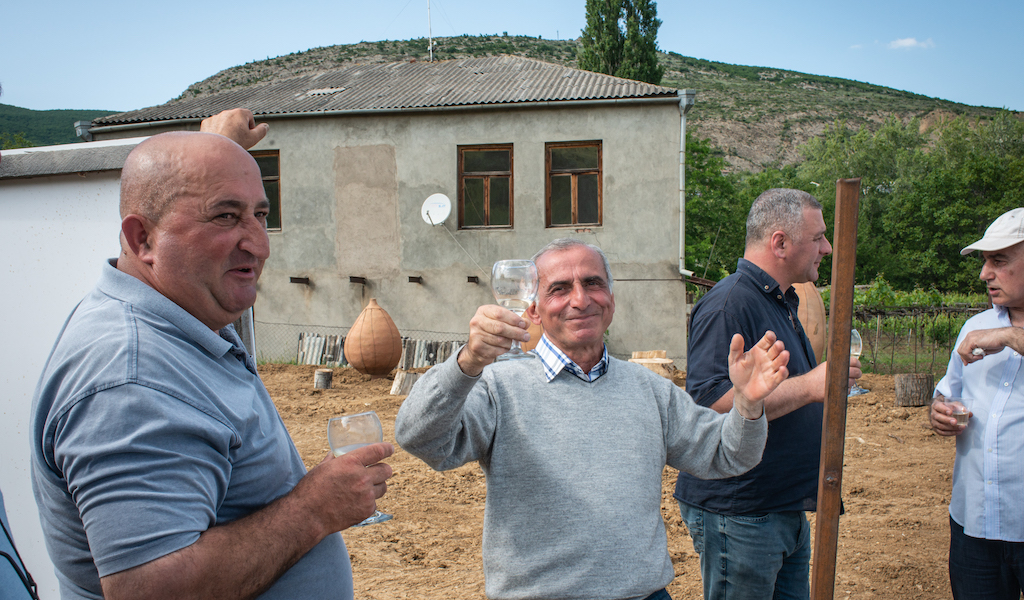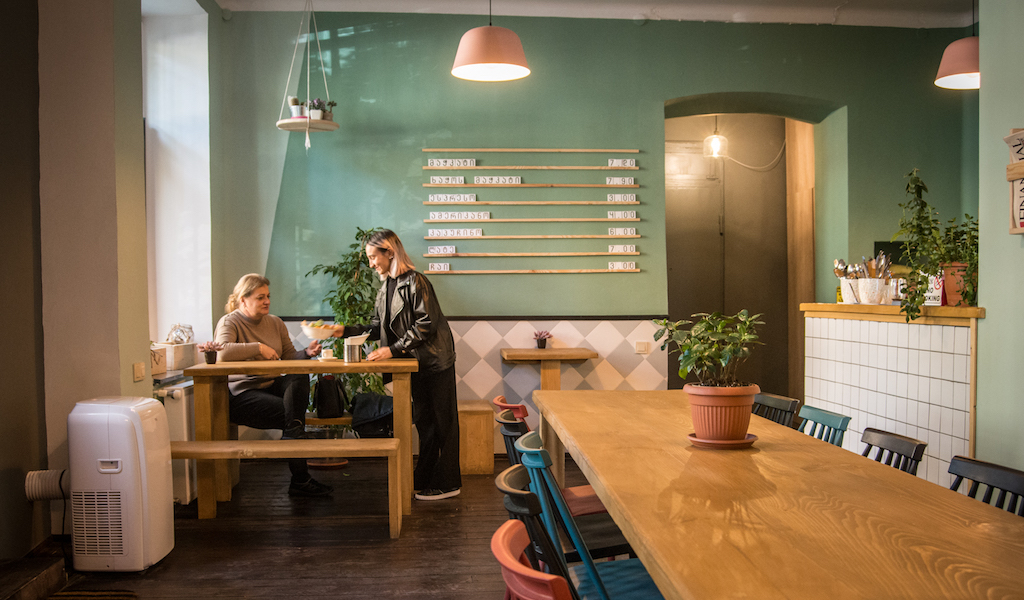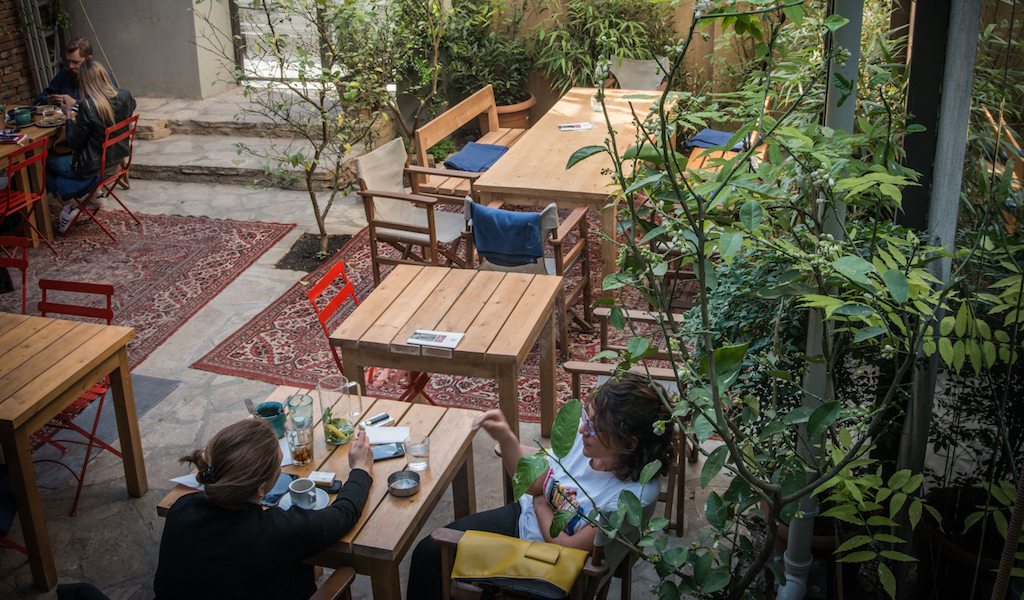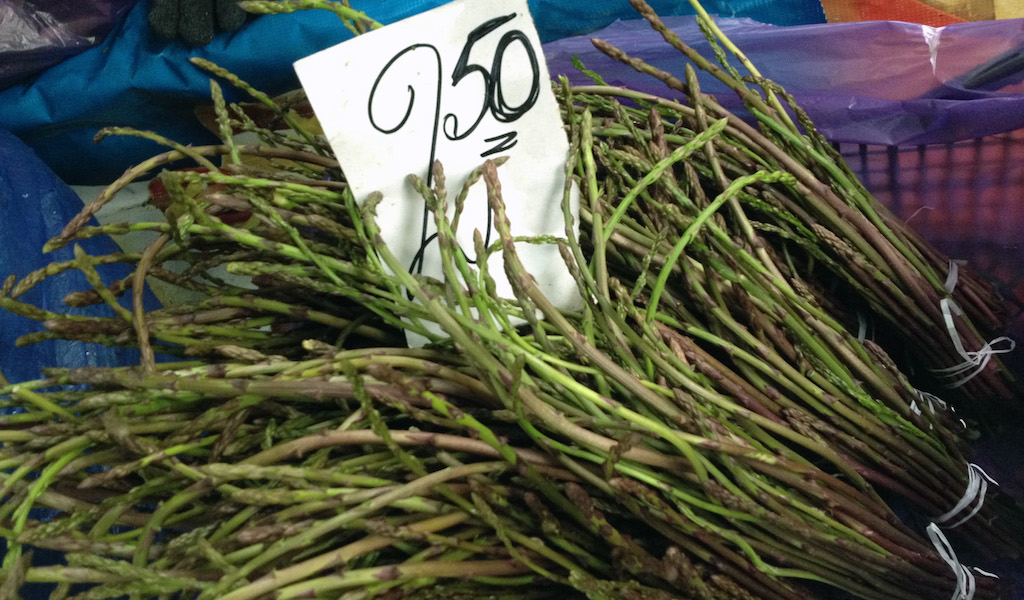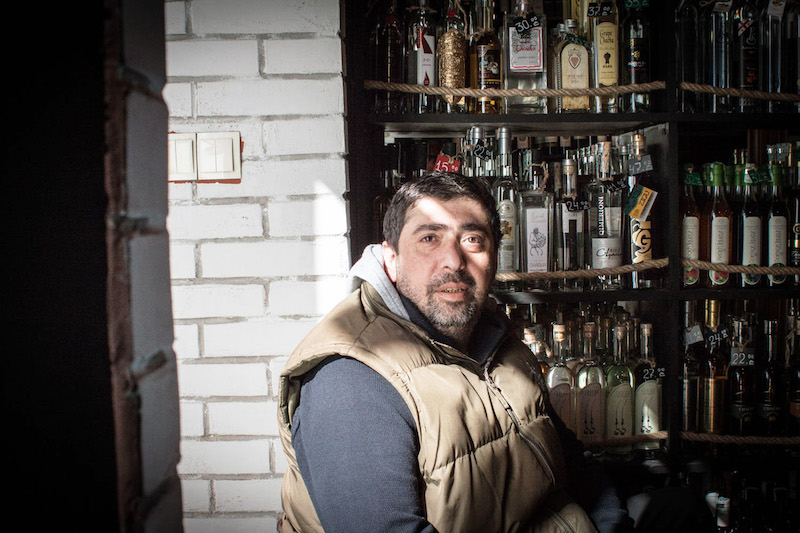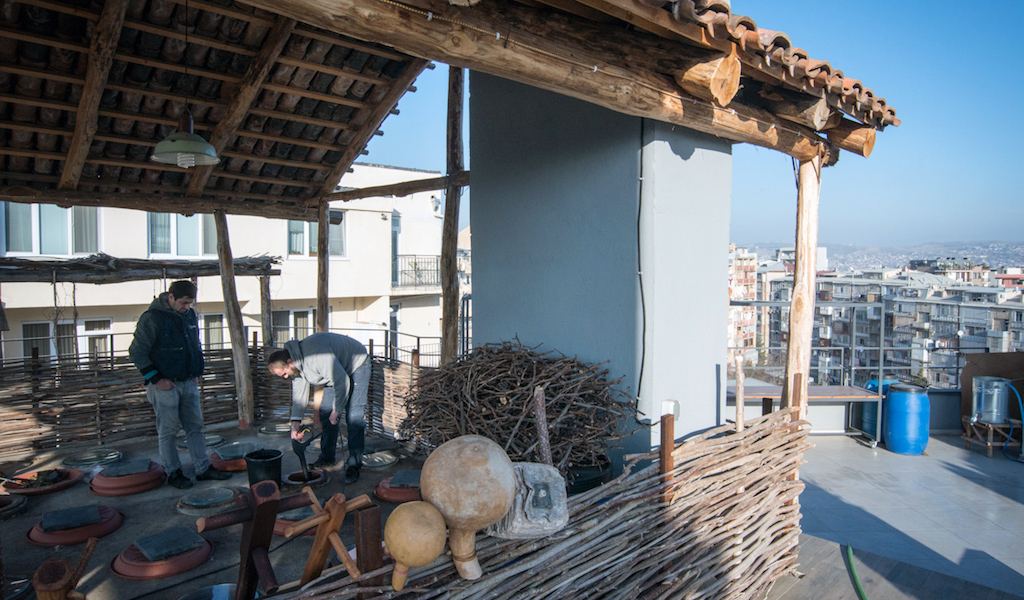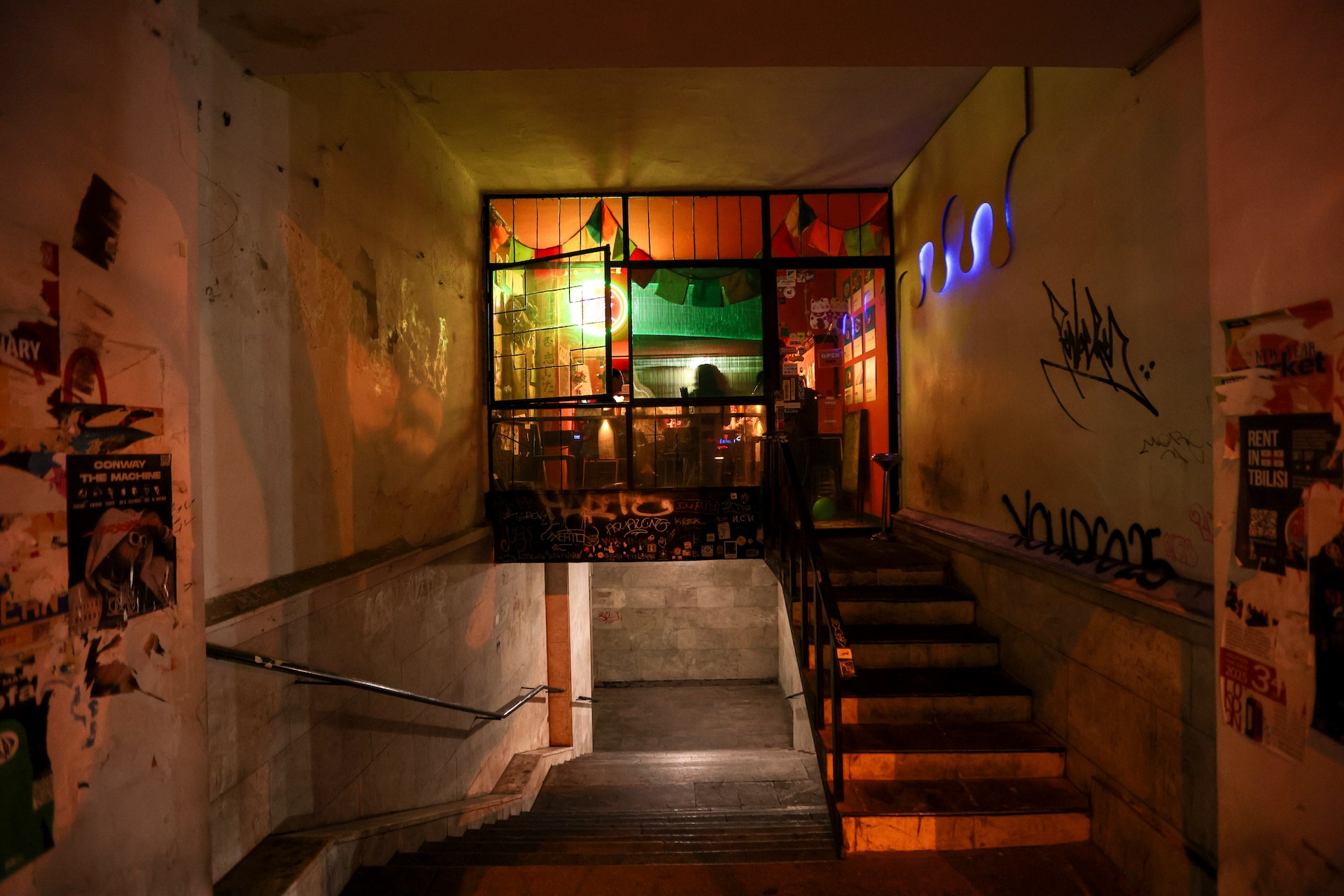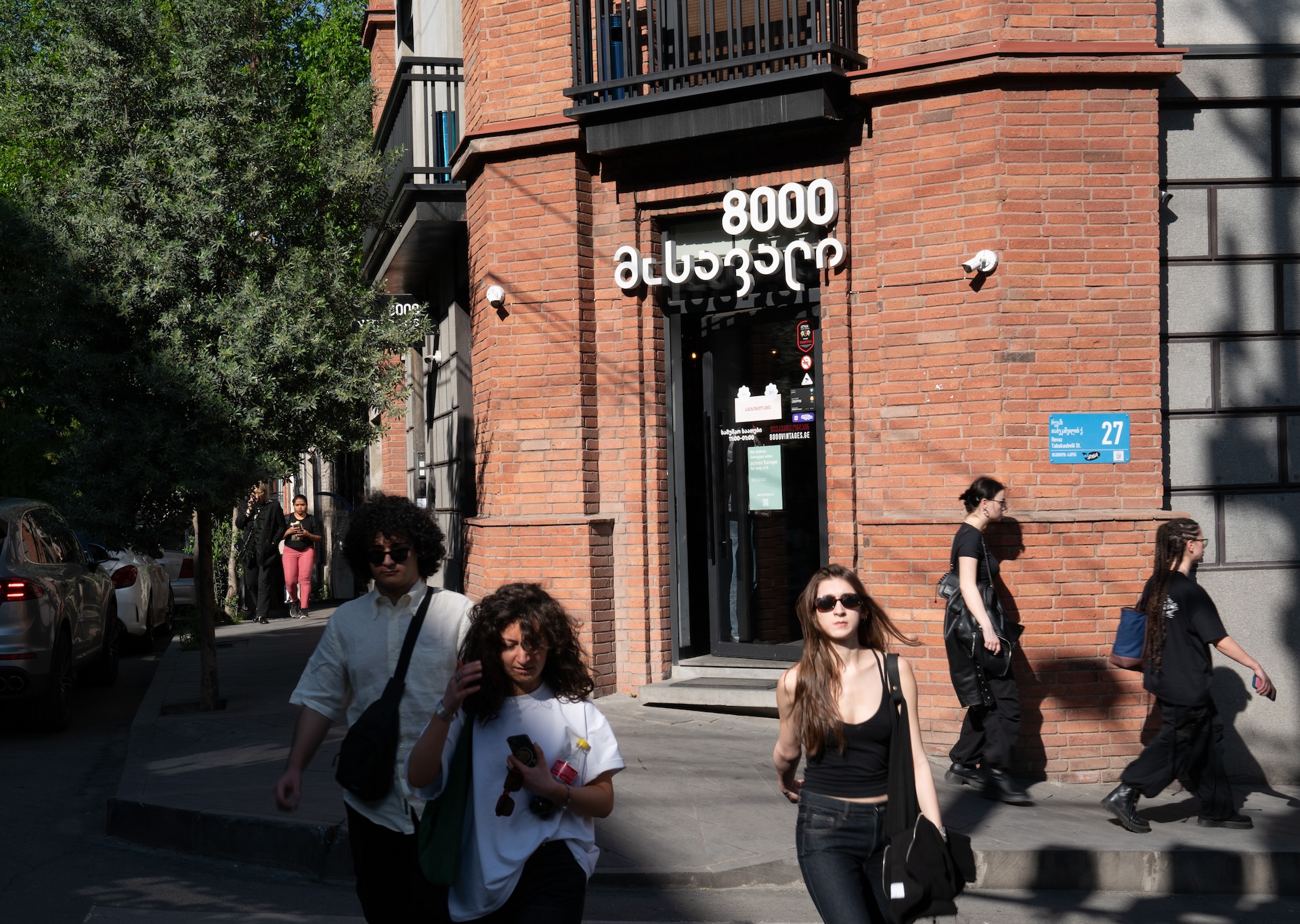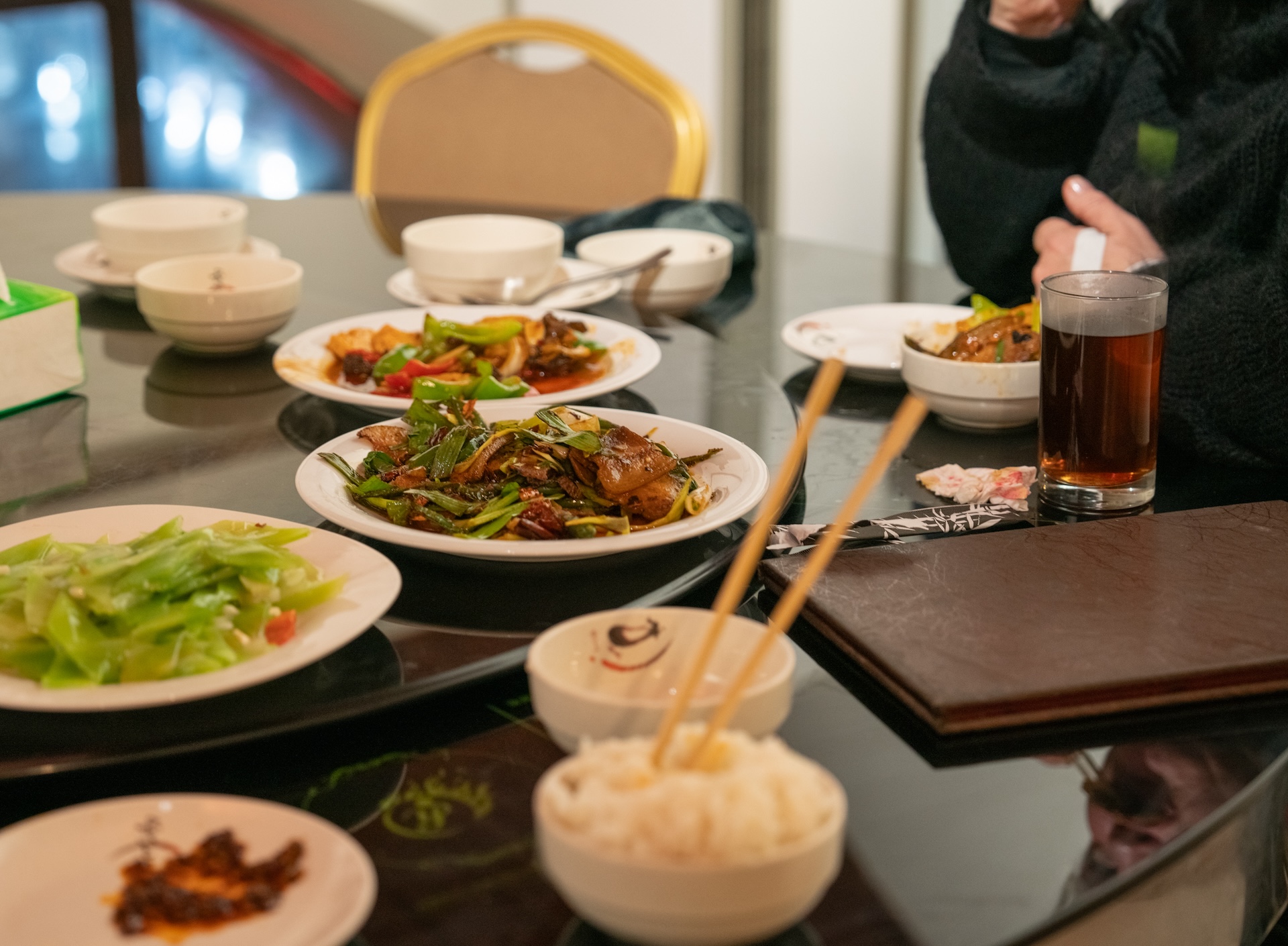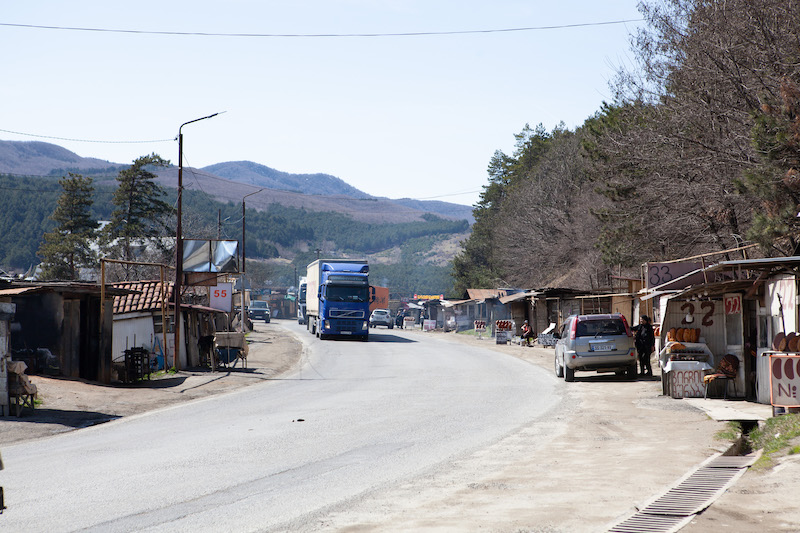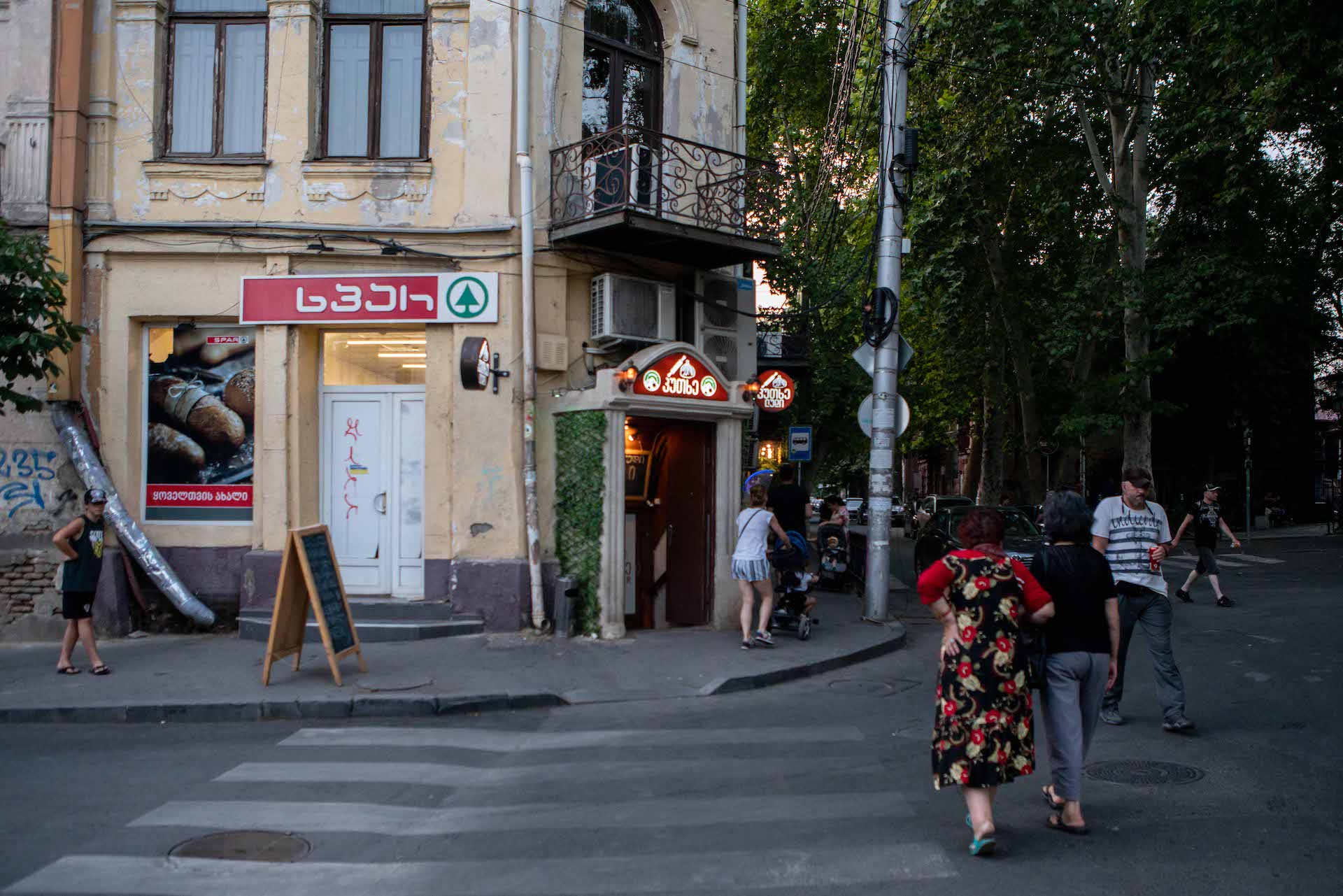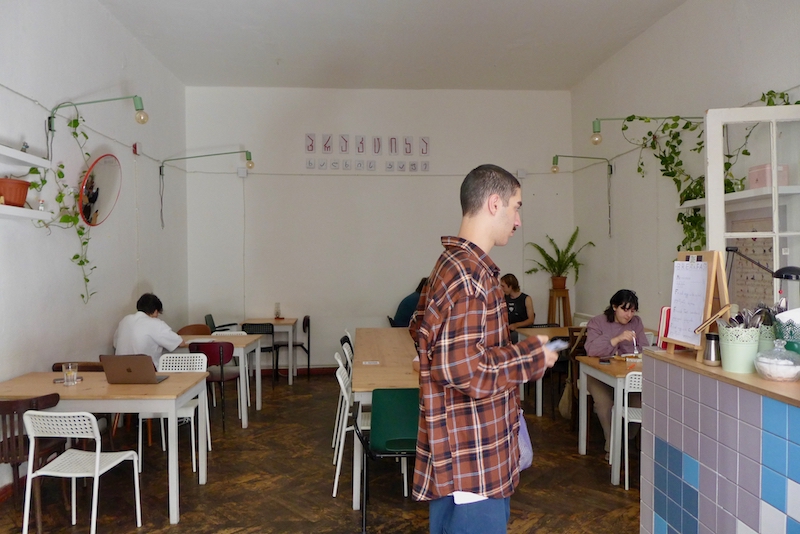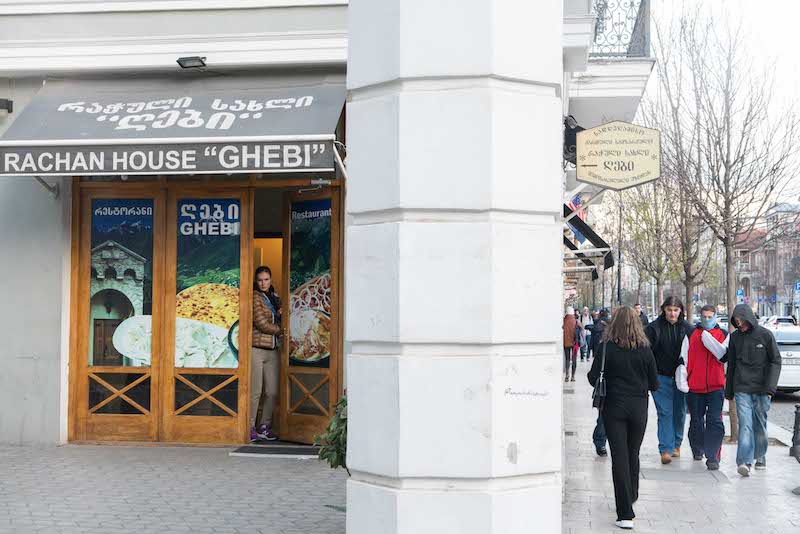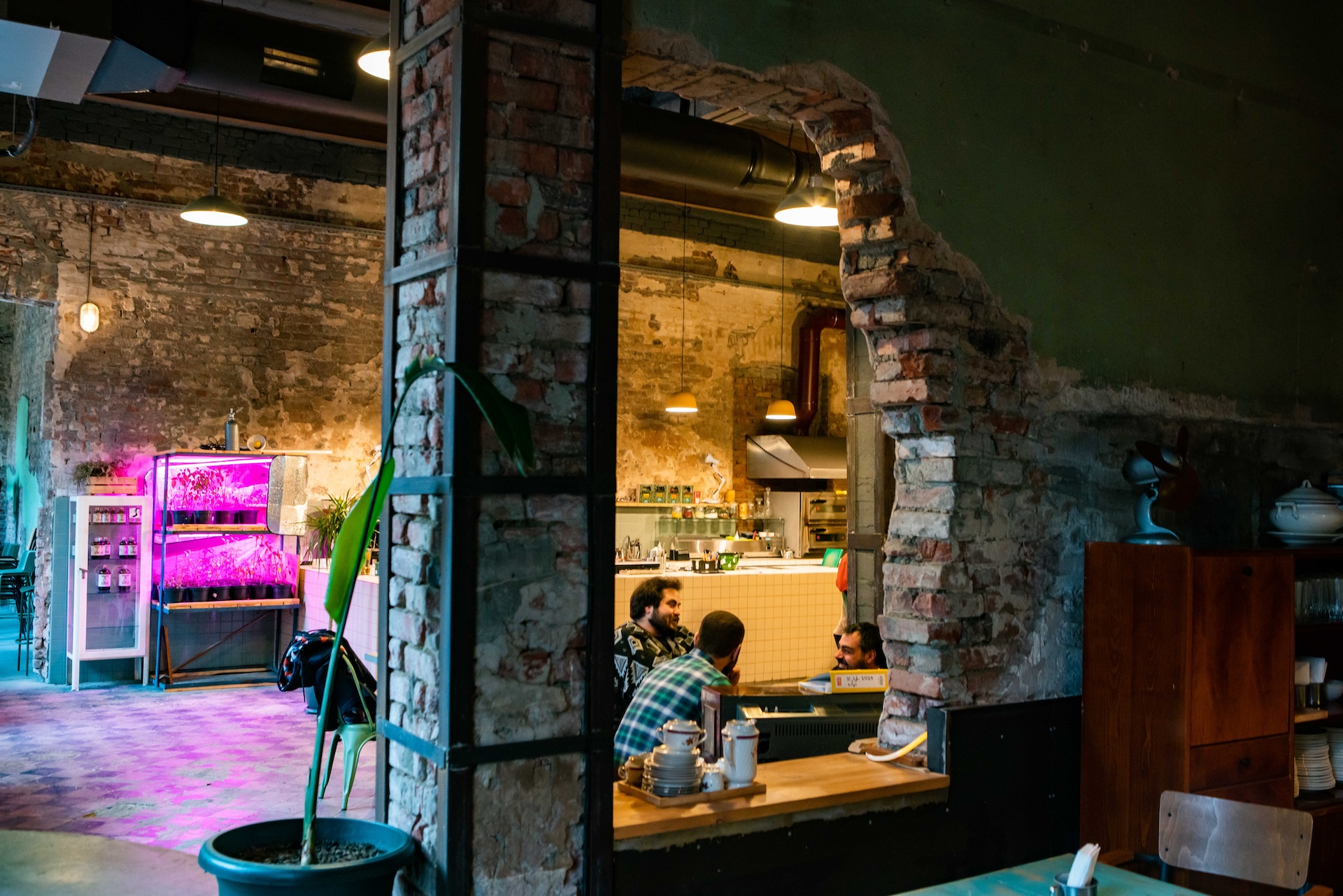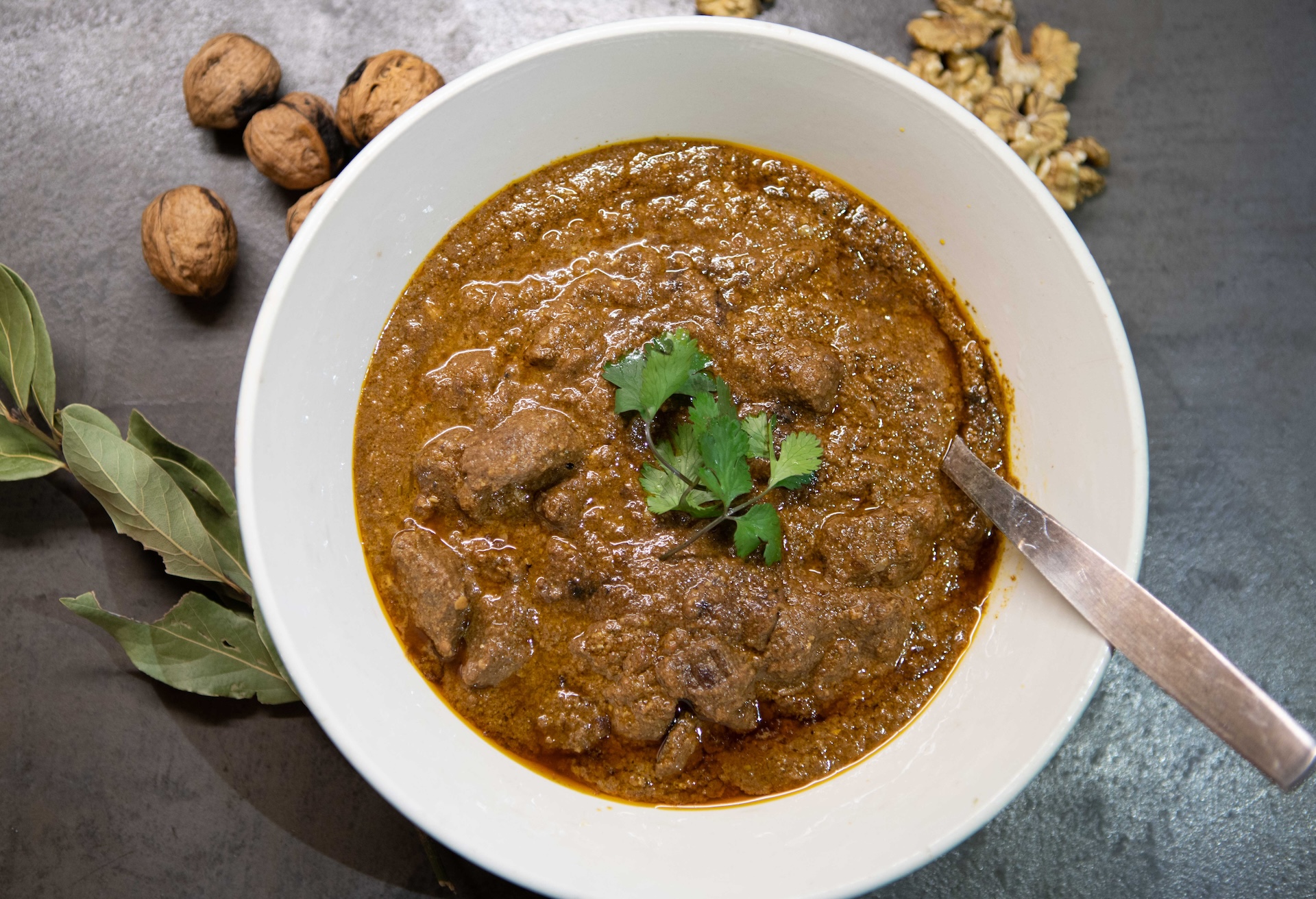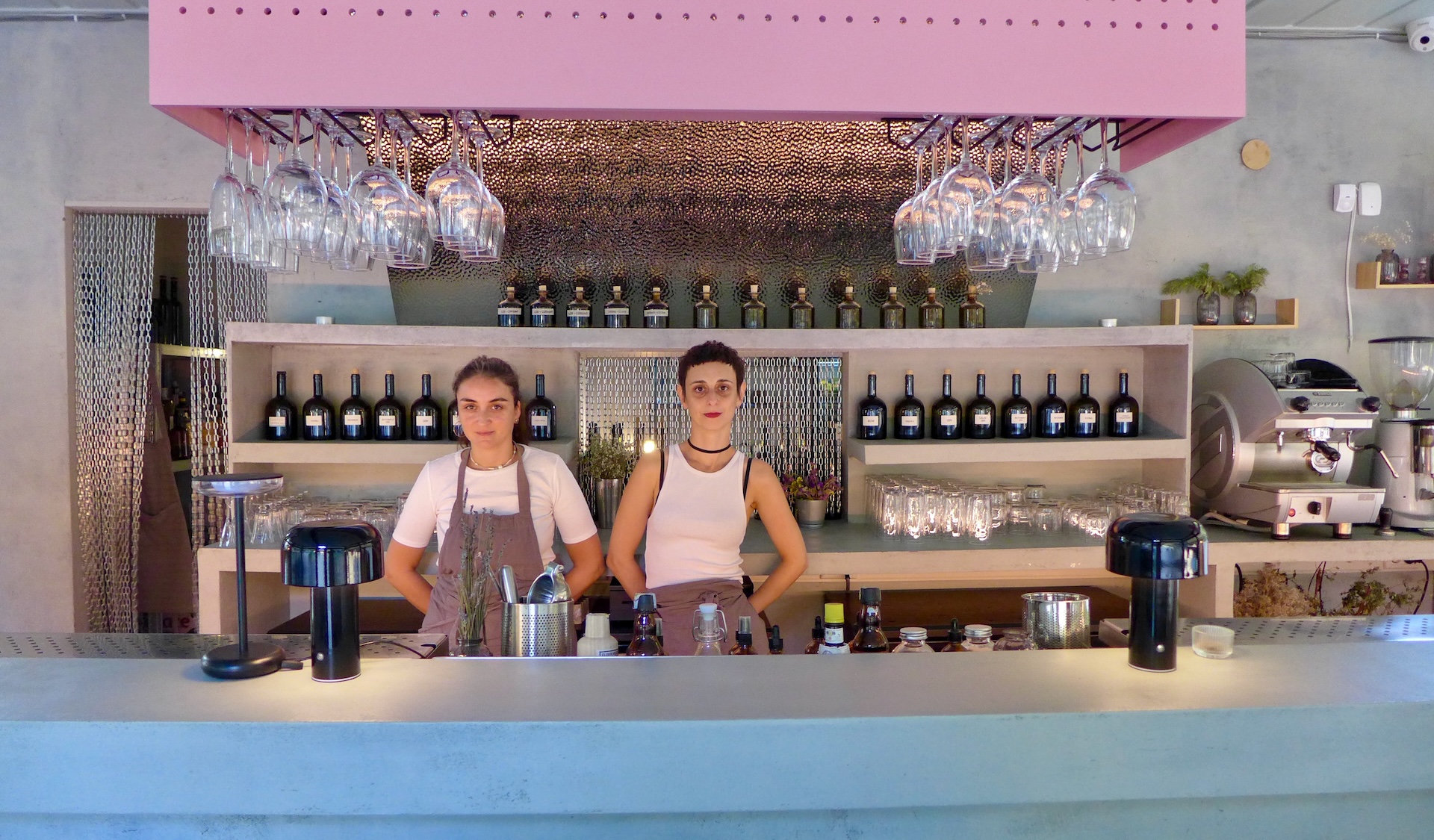We can't find the internet
Attempting to reconnect
Something went wrong!
Hang in there while we get back on track

Tbilisi
Tbilisi's culinary record
Tbilisi is a melting pot of a little over one million people. It’s a collision of modern and ancient, neither Europe nor Asia – singularly “Tbilisi” where tradition is the overriding theme. Walk down a given street and you will smell the seductive aroma of fresh bread wafting out of old cellar bakeries, baked in cylindrical ovens just like it always has. Listen to the refrain of “matzoni, matzoni,” being sung by women lugging bags packed with jars of the fresh sour yogurt at eight in the morning in every neighborhood.
Get the Full Story →
Get Your Free Tbilisi Pocket Guide
Introducing our pocket-sized Tbilisi guide — perfect for your next culinary adventure. Yours free when you sign up for our newsletter.
Get Your Free Tbilisi Pocket Guide
Introducing our pocket-sized Tbilisi guide — perfect for your next culinary adventure. Yours free when you sign up for our newsletter.
Visual Dispatches from the Frontlines of Local Eating
Tbilisi Videos
Your Questions, Answered
Tbilisi remains a safe city with a low crime rate, although caution should always be exercised, especially when walking alone in the trails above the city or drinking with strangers. Petty theft can often be a nuisance in the city’s crowded tourist areas but apart from that, pickpocketing is extremely rare in the city’s downtown areas.
Americans, and citizens of 90 other countries, can stay visa free for up to a year and cross into the country either by land or air. PCR test requirements apply to anyone who is unvaccinated.
Prices in Tbilisi remain generally cheaper than the Western Europe. With rising inflation, however, the city is not as cheap as it once was and, of late, is even more expensive than bigger cities like Istanbul. One can still get a very comfortable room fitting 3-star hotel standards for $60, while decent hostel beds start at $10. On average, expect to pay about $3 for a flat white or cappuccino and about the same for beer at a bar. While it’s still possible to have a good filling meal with multiple items at a local Georgian tavern for less than $10 a head, expect to pay twice to thrice more at well-reviewed upper-scale restaurants where prices for main menu items start at $7-8.
Sololaki is one of the best areas to stay for those who like to walk and stay close to the historic old town, and within easy reach are restaurants and cafes that pockmark the neighborhood. The neighboring districts of Matatsminda and Vera have some wonderful offerings as well for boutique stays and provide a bit of more seclusion from the touristic hubs, while being closer to some of the city’s more upscale joints. The former German settlement of Marjanishvili, on the left bank, is famous for its Turkish “hazir yemek” or cafeteria-style restaurants. It is more flat and easier to navigate for those wishing to be close to the city center and yet within walking distance or a metro ride from the old town.
Tbilisi is the capital of Georgia, which borders the Black Sea with Russia to its north and Turkey to its southwest; its southern border is shared with Armenia and Azerbaijan. Since it was established in the 5th century, Tbilisi has seen waves of invasions by the Arabs, Turks, Persians, Russians and eventually, the Soviets, leaving intriguing traces of its complex and varied historical influences in its mesmerizing architecture, incredible gastronomic culture and its 8,000-year-old wine heritage.
As a popular viral tourism campaign touts, “Spend 4 seasons in Georgia.” The country offers plenty to visitors across the seasons, but if seeking to linger in Tbilisi, late-May to mid-June and the early autumn months from late-August till October are perhaps the two best windows to explore the city before and after the peak tourist summer season of June and July.
Tbilisi has numerous and diverse dining options for lunch and dinner, from dingy greasy spoons like Dukani Racha (with finger-licking food slightly injurious to the midline), and a fine selection of places that care a bit more about nutrition and delicacy – Salobie Bia, Shavi Lomi, Khasheria, Ezo, Terracotta, Alubali are some consistent favorites we can vouch for. However, options for breakfast remain limited to a handful of cafes that open no earlier than 8am. French café chain Entrée might be worth noting for early risers for croissants, coffee and more, but for those seeking a bit of a personalized touch seek out Kikliko in Vake, which is named after the Georgian version of the classic French toast. Ukrainian owned Lui café also in Vake stays open 24/7 and usually has a shift change just in time for breakfast.
Apart from a few of the city’s main avenues – Rustaveli, Chacchavadze, Aghmashenebei – strollers can be tricky. But helpful locals abound to help with the unavoidable pedestrian underpasses or broken sidewalks that abound even in these downtown hubs. Child carriers are essential if you want to walk unhindered with baby. There are many parks like 9 April, Dedaena, Rike and plenty of smaller neighborhood green spaces for kids to play and parents to catch their breath. Georgians love children and especially babies, and are quick to accommodate any special needs they or their parents might have.
Tbilisi has a continental climate marked by cold winters where temperatures hover only a few degrees above freezing and hot summers when temperatures can occasionally cross 90 F. Spring sees milder temperatures, but with plenty of gray rainy days. Autumn is perhaps the best season for those seeking sunny warm days and slightly chilly nights.
Tbilisi is full of trendy restaurants, cafes and local bakeries called “satskhobi” that sell the ubiquitous cheesy breads called kachapuri and lobiani (bread with mashed bean stuffing), local hot dogs that’s essentially a sausage baked into phyllo dough, and tons of breads and pies with different stuffing ranging from potato to tarragon, mushroom and meat. These are the city’s cheapest food joints and some have become institutions. At sit-down restaurants, try classic staples like mtsvadi, khinkali, pkhali. The many delicious stews of Georgian cuisine – Megrelian kharcho, chakhokhbili, ostri, chakapuli – can be had either in cheap taverns or in one of the many upscale Georgian fusion restaurants we’ve reviewed over the years.
With its layered history, incredible dining options and wine bars serving up some the world’s best natural wines, the best mantra to explore and soak in Tbilisi is “walk, eat, drink.”
Plot your walking routes around the city’s cobbled old town making sure to include the dome roofed sulphur baths of Abanotubani – which literally translates to the “bath district” – and whose geothermal waters gave Tbilisi its name (“Tbili” means warm in Georgian). Climb the steep paths up to the Narikala fortress and take in the statuesque Mother of Georgia monument overlooking the city. From there, skip your way down countless stairs, making sure to stop by the Betlemi Church courtyard for a final bird’s eye view of the city skyline before meandering slowly through the streets of Sololaki, admiring the crumbling yet majestic facades of the city’s historic neo-baroque buildings. When possible, make sure to step through covered archways of these magnificent buildings to admire the ornate wooden balconies overlooking hidden courtyards that locals call “ezo” or “Italian yards,” primarily for their legacy of neighborhood gossips, romance, rivalries and intrigues that have made it into countless songs and screen plots.
After a re-energizing meal at one of the many restaurants we’ve carefully curated, plan a trip to one of the state museums and art galleries on the city’s main Rustaveli Avenue for a sense of Georgia’s fascinating and tumultuous history, and its influence on its arts and crafts through the ages. Browse through the pavement market on Dry Bridge for mid-century Soviet memorabilia and cross over the Mtkvari River to explore the former German settlement of Marjanishvili while peeking into the vibrant hipster-packed social spaces of Fabrika and the aptly named Leftbank, where drum and bass beats start throbbing after sunset. Bacchanalians especially shouldn’t forget to drop by one of the natural wine bars we’ve listed, to get acquainted with the best wines of Georgia and seek addresses of the coolest winemakers to visit across the country.
Apart from a handful of Eastern European cities, most international flights to Tbilisi will require a stopover at one of the regional transit hubs either in Istanbul or Dubai/Sharjah.
Georgia’s vaccination rate stands at about 44% but the rate of daily positive test results has dropped to below 1%. Masks are no longer required, except on long-distance transportation like trains. PCR tests are only required for unvaccinated travelers. Visit https://stopcov.ge/en for the latest COVID related updates.
Tbilisi is an inland city, about 320km away from the nearest Black Sea beach. But if you’re craving some beach time, check out the large reservoir called Tbilisi Sea in the eastern suburbs of town. Here, a mini Riviera vibe pops up as soon as the sun gets baking. Lounge chairs, bikinis and hairy bellies abound in this suburban summer escape.
Our “Old Town and Beyond: A Tbilisi Silk Road Feast” tour takes you through Tbilisi’s multicultural and layered history. We explore the delicious roots of a cuisine that developed over centuries of Georgia being a juncture on the Silk Road. From stops at old Azeri tea houses, visits to cellars run by Orthodox Christian monks, a tasting spree of Georgian condiments and spices at specialty shops to a belt-popping Georgian supra in a traditional ezo with plenty of traditional natural clay aged wines, this walk provides a thorough taste of the epicurean and bacchanalian delights the country has to offer. Georgian cuisine can be tough on the gluten intolerant and vegans, but kinder on vegetarians. If you have special needs, consider arranging a private tour with us.

